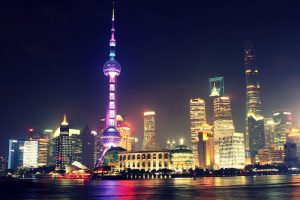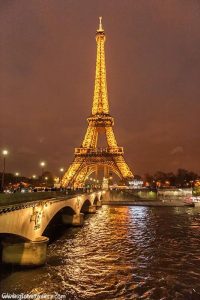The Skyline of Hong Kong: Density and Verticality

Hong Kong‘s skyline is a striking testament to urban density and architectural diversity, encapsulating the city’s unique blend of tradition and modernity. This article explores the iconic characteristics of Hong Kong‘s vertical metropolis, delving into its architectural marvels, cultural significance, and economic impact, while also highlighting its challenges and future prospects.
A Vertical Metropolis

Hong Kong’s skyline is renowned for its verticality, with over 1,500 skyscrapers densely packed into its limited land area. This concentration of tall buildings not only symbolizes the city’s rapid urbanization but also underscores its economic prowess and international status as a financial hub.
Architectural Marvels

Diversity defines Hong Kong‘s skyline, featuring a mix of architectural styles that reflect its historical evolution and global influences. From the sleek, modern designs of the International Commerce Centre (ICC) and Two International Finance Centre (IFC) to the distinctive Bank of China Tower and HSBC Main Building, each structure contributes to the city’s dynamic and ever-changing silhouette.
Cultural Significance

Beyond its architectural achievements, Hong Kong‘s skyline holds profound cultural significance. It serves as a symbol of the city’s entrepreneurial spirit, openness to global commerce, and resilience in the face of challenges. The skyline not only shapes Hong Kong’s identity but also draws millions of visitors annually, captivated by its blend of tradition, innovation, and breathtaking views.
Economic Impact

The skyline plays a pivotal role in Hong Kong‘s economy, attracting multinational corporations, financial institutions, and tourists alike. Its towering skyscrapers house prestigious offices, luxury hotels, and world-class restaurants, contributing significantly to the city’s GDP and employment opportunities.
Challenges and Sustainability

Despite its allure, Hong Kong faces challenges related to sustainability and urban living. Issues such as air pollution, urban heat island effect, and infrastructure strain necessitate innovative solutions. Initiatives promoting green building technologies, energy efficiency, and sustainable urban planning are crucial for balancing development with environmental conservation.
Quantifying Impact

Hong Kong‘s skyline stands as a testament to monumental growth: the city’s skyline boasts an average height of 784 feet, with over 316 buildings exceeding 492 feet. This rapid vertical development not only shapes the city’s physical landscape but also underscores its global prominence and economic vitality.
Future Outlook

Looking forward, Hong Kong‘s skyline continues to evolve with ambitious architectural projects and sustainable development initiatives. Innovations in urban design, smart city technologies, and environmental stewardship are poised to enhance livability and resilience. As Hong Kong navigates the complexities of urban growth, preserving its cultural heritage and enhancing quality of life remain paramount.
Conclusion
Hong Kong‘s skyline is more than a collection of buildings; it is a symbol of innovation, economic vitality, and cultural identity. As the city continues to grow vertically, it must strike a balance between progress and sustainability. The enduring significance of Hong Kong’s skyline lies not only in its architectural achievements but also in its ability to inspire awe, drive economic prosperity, and serve as a beacon of urban innovation on the global stage.



